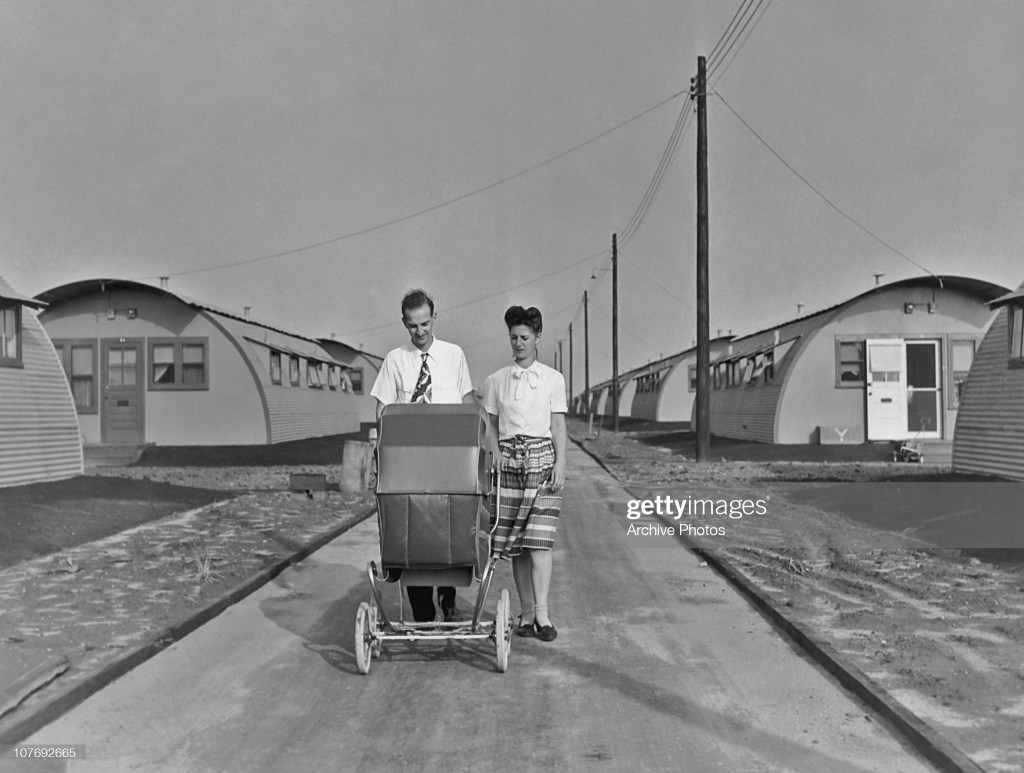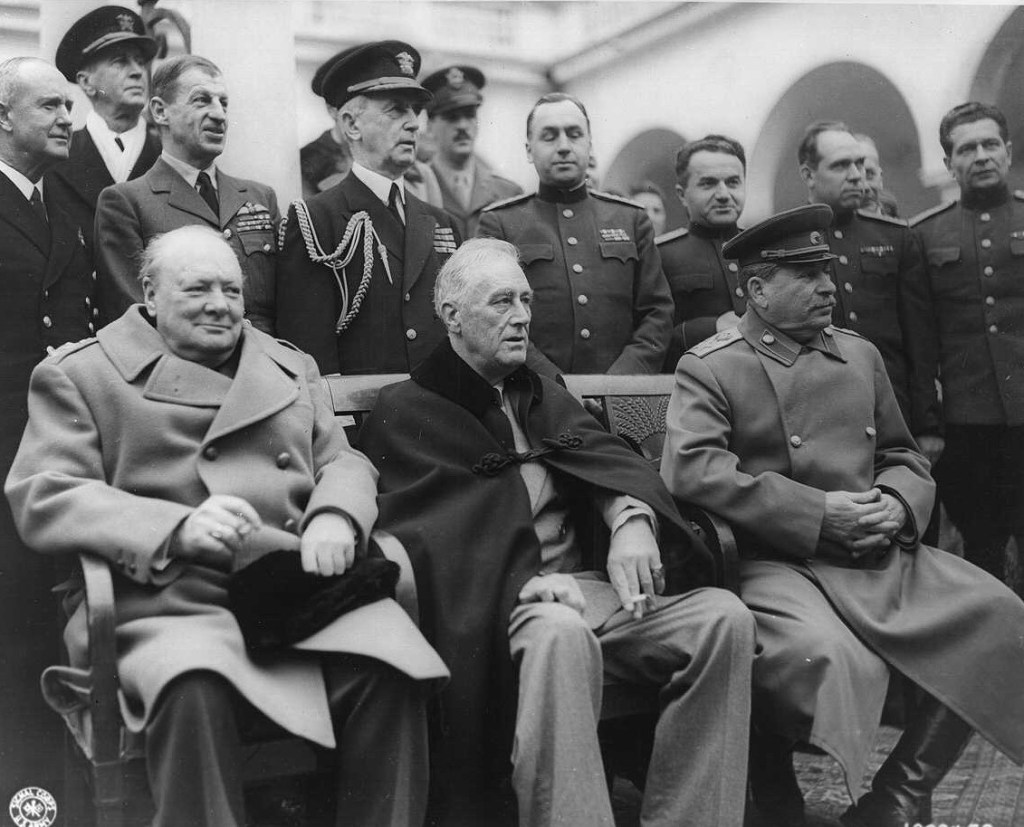George Washington’s birthday 2021
22 Monday Feb 2021
Posted in George Washington
≈ Comments Off on George Washington’s birthday 2021
22 Monday Feb 2021
Posted in George Washington
≈ Comments Off on George Washington’s birthday 2021
21 Sunday Feb 2021
Posted in Uncategorized
≈ Comments Off on Foot tracks in the snow

I worked much of the morning and early afternoon on the draft of a project that hopefully will get published sometime in late spring. I intend to submit said draft, about 2,200 words, tomorrow after one final edit and fact check. I took a break around 1:30 for a walk and some fresh air in Green-Wood Cemetery, whose fields are still covered with snow. I saw these tracks and stopped to take a picture. I texted a friend to ask what he thought they might be, and he guessed wild turkeys.
21 Sunday Feb 2021
Posted in Film, Sound, & Photography, Heritage tourism, Jazz, Museums
≈ Comments Off on Sunday morning coffee

Last night I finished watching the new PBS documentary “The Black Church.” Over these past several evenings I watched each of the four one-hour installments over four nights. I got into something of a routine where when each episode concluded I would email a friend who was also watching and we would compare notes, if you will, with our impressions. I can’t recommend the film highly enough. One of the things I like the most about Henry Louis Gates as a documentarian is the way he listens without judgment and lets the interviewee tell their story. One need not agree with everyone all of the time, or even any of the time, to respectfully let them have their say. The Black Church, like all human institutions, is a flawed—one might say fallen—institution whose stirring triumphs exist within the complexities and ambiguities inherent in human existence. Gates and his team capture that. It is hard to image an America without the Black Church and everything it has given over the centuries not just to its followers but to the country as a whole.
Last night the same friend sent me this article asking if I had heard of the recent opening in Nashville of the National Museum of African American Music. Almost twenty-five years ago now this same friend and I took in a great exhibit about jazz at the African American Museum of Dallas. I had not seen the opening of this new museum, or even heard of its creation. With the pandemic still very much on this is a tough time for a museum to open. Hopefully it can weather these crazy times until the world opens up again. I would love to visit this place some day.
(image/photographers Carl Van Vechten via Library of Congress)
15 Monday Feb 2021
Posted in Uncategorized
≈ Comments Off on President’s Day 2021

I did a Trader Joe’s run this morning, which meant a rare pandemic subway ride with full shower and scrubbing when I arrived home. Now I’m settling in to work on a small project that hopefully will find a home this spring or summer. I know the image quality is not that great but I wanted to share the above scene that took place in Brooklyn seventy-five years ago today. My colleague and I spend a lot of time in our class about the history and evolution of New York City discussing the housing shortage in the five boroughs in the immediate aftermath of the Second World War. As the caption notes the retrofitted quonset huts were converted into temporary housing as millions of GIs came home from Europe and the Pacific. In other civilian uses Quonset huts were used for schools as well, including Queens College. The corrugated aluminum structures were a newish invention in the early 1940s and massed produced for military use, especially in the Pacific. I would go more into the history of how they came to be used for housing but because others already have will not here today. In the image below we see the earliest period of the Baby Boom. A few years after this families would begin moving into new housing subdivisions such as Levittown. It is easy–in some circles seemingly obligatory–to ridicule the rise of postwar suburbia, but one cannot blame young families for wanting their little patch of space after having gone through the Depression and depravities of World War II.

12 Friday Feb 2021
Posted in Abraham Lincoln, Civil War sesquicentennial, Memory
≈ Comments Off on Lincoln’s Birthday, pandemic edition

It is hard–incredible–to believe that the Lincoln bicentennial was twelve years ago. That year too marked the 150th anniversary of John Brown’s raid on Harpers Ferry, which in our house at least marked the start of the Civil War sesquicentennial. My own institution, as far as I can tell, is one of the few remaining that closes for Lincoln’s Birthday. Usually I would take this day to go to a museum–last year it it the Metropolitan. February is conducive to such indoor pursuits, but with the pandemic still on I avoided any subway commuting and used the day for groceries and laundry. I also spent a good part of the day proceeding with Ty Seidule’s “Robert E. Lee and Me: A Southerner’s Reckoning with the Myth of the Lost Cause.” Seidule, a retired brigadier general and professor emeritus at West Point, grew up in Alexandria, Virgina where his father taught at a prestigious high school where many of the high-ranking administrators over the decades were Confederate officers, and then the sons and grandsons of such. Robert E. Lee’s own descendants attended the school–and took classes with General Seidule’s father. He then went on for his undergraduate work to Washington and Lee University. I am about a quarter of a way through the book, which is part memoir and part history. In it Seidule traces the role of Robert E. Lee and the Lost Cause in his own life and intellectual development. I cannot imagine the courage it took to look back at every assumption from his life, family history, and community, question what he discovered, and then share what he learned with the reader. It is a humbling read.
Seidule has been in the news a lot lately. For one thing he is currently on the book tour circuit discussing his new work. Then this morning Secretary of Defense Lloyd Austin appointed Seidule and three others to the committee whose task it will be to choose those figures for whom to rename military bases and other installations currently named after Confederate figures. Intentional or not, it is nonetheless fitting that the announcement came on Lincoln’s birthday. These are emotionally fraught issues in an emotionally fraught time. It will be interesting to see what the committee does and how the process plays out in the coming months.
(image/NYPL)
04 Thursday Feb 2021
Posted in Adolf Hitler, Franklin Delano Roosevelt, Harry S. Truman, Historiography, Holocaust, Joseph Stalin, Winston Churchill, WW2
≈ Comments Off on Yalta, February 1945

I was texting someone earlier today about William Shirer’s “The Rise and Fall of the Third Reich” to ask if he had ever read that large tome. Shirer published his classic history of Nazi Germany in 1960, fifteen short years after the war’s end. The scholarship on the Second World War has inevitably moved on in the six decades since the book’s publication. That’s how it works. You could make a strong case—I would—that the history of the war has not truly been written yet; so much of what we know, or think we know, about the conflict has been filtered through the prism of the events came afterward. Governments and individuals have been using and misusing the history and memory of the war for three quarters of a century now. As I was telling my friend though, despite the inevitable changes in historiography over the past six decades Shirer brought an immediacy to his narrative that cannot be replicated by today’s scholars. Born in 1904, the American journalist moved to Europe in the 1920s to work as a correspondent and to write in the romantic vein of contemporaries like Fitzgerald and Hemingway. It is telling that all three writers were from the American Midwest. In the 1930s Shirer found himself in Germany, where he witnessed, well, the rise of the Third Reich. Among other things Shirer attended one of Hitler’s mass rallies at Nuremberg in 1934 and was in Berlin for the 1936 Olympics. He worked in other European and world capitals as well. It helped that Shirer spoke German, Italian, and French. After the texting back-and-forth with my friend, I ordered a copy of the book online.
I am determined to learn the history and memory of both the war and the Holocaust over the next two years as some colleagues and I move forward on the project I mentioned the other day. I know a fair amount about the 1930s-40s but am working now in a more methodical manner. Shirer’s work began a new phase in Americans’ understanding of the war. In the decade and a half since Hitler’s suicide Europe was rebuilding itself and Americans in their postwar prosperity were in a period of willful forgetting. Essentially everyone was trying to move on and forget. Shirer’s book and the contemporaneous capture, trial, and execution of Otto Adolf Eichmann in the early 1960s began to refocus people’s attention on the terrible events of just two decades ago. “Rise and Fall” won the National Book Award and was a Book of the Month Club selections at a time when that meant more than it does today. In other popular culture of the time the Twilight Zone episode “Deaths-Head Revisited,” about a camp commandant returning to Dachau years after the liberation, premiered on November 10, 1961.

I mention all this because today is the 76th anniversary of the start of the Yalta Conference, the gathering of Roosevelt, Churchill, and Stalin in the Crimea where the three made plans for what the postwar world might look like. Needless to say the three had contrasting visions. I have always been struck at how poor Roosevelt looks; he was failing quickly and would be dead less than ten weeks later. The conference ran from February 4-11, 1945. By the time of V-E Day that spring Truman would be in the White House.
(images/top, National Archives; bottom, Library of Congress)
01 Monday Feb 2021
Posted in Uncategorized